Shipping Container Site Preparation Guide: Do These Things to Make Delivery Easy
Shipping containers provide plenty of solutions to your storage and space obstacles – they can be homes, schools, or restaurants, as well as simply fulfilling their original purpose as some of the best long-term storage solutions in the world.
But sometimes we forget that their appeal and durability relies somewhat on how well you prepare the site where you’ll be keeping them. Shipping containers are made out of heavy materials, and they can store a huge amount – and failing to account for that in the process of preparing a storage site will definitely have effects on how durable your containers actually turn out to be. As a result, properly preparing a site for your shipping containers is a vital part of receiving and using your containers for as long as possible.
To that end, let’s discuss how you can choose an ideal shipping container site and what types of foundations you should consider for long-term shipping container storage or use.
The Importance of Shipping Container Site Preparation
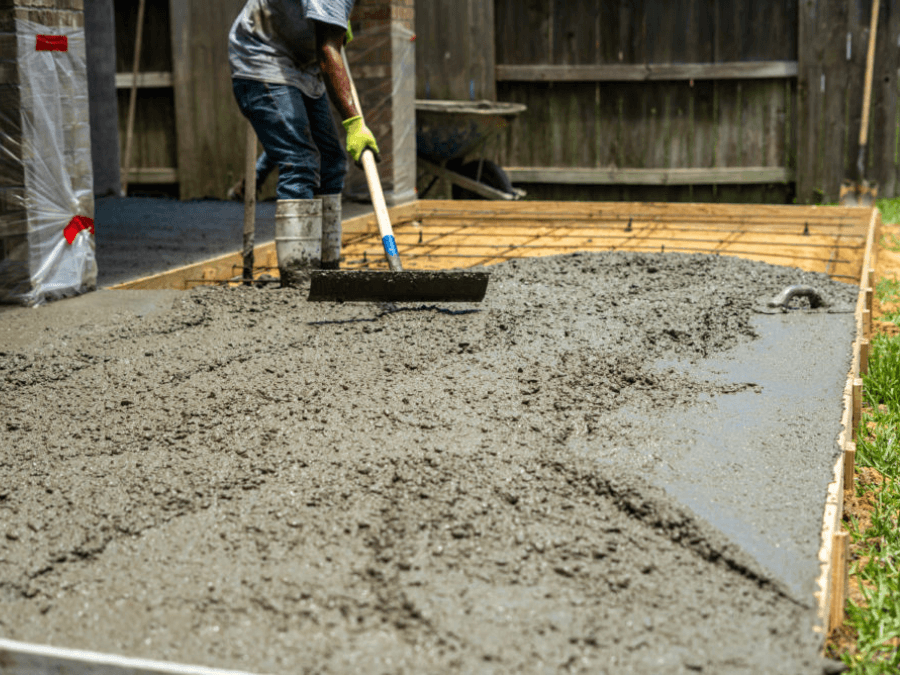
It’s extremely important to adequately prepare your delivery site before receiving a shipping container. Image courtesy of Bob’s Containers.
In a nutshell, you need to prepare a site for your shipping container before it arrives to protect both the container itself and the surrounding land. This is absolutely necessary no matter what kind of shipping container you are purchasing.
Even standard shipping containers – whether they’re 20’ or 40’ in length – are usually too heavy to rest on unprepared, soft ground without some negative side effects. For instance, most ground – even normally-dry desert soil types – eventually gets wet. That wet soil will stick to the bottom of a shipping container and over time will cause the exterior to degrade and become weaker. This has a staggering effect on the amount of use you’ll end up getting out of your containers. It can shorten their lifespan by several years.
Besides that, failing to pack a container’s foundation materials tightly enough can result in your shipping container sinking into your yard or the ground around it outright. Beyond the fact that this damages the container and the land it’s on, it also inhibits your ability to access the inside of the container.
Shipping containers that will be used as permanent fixtures (say, as part of a home) will be sitting in place for a long time, experiencing frequent movement and weight redistribution. If the shipping container site preparation isn’t done properly beforehand, the shipping container may unevenly sink and lean. Or the bottom of your container may steadily decompose if there isn’t any space underneath the container to let moisture evaporate.
Fortunately, there are plenty of ways to accommodate the delivery and installment of your shipping containers.
Prioritizing Site Access and Location
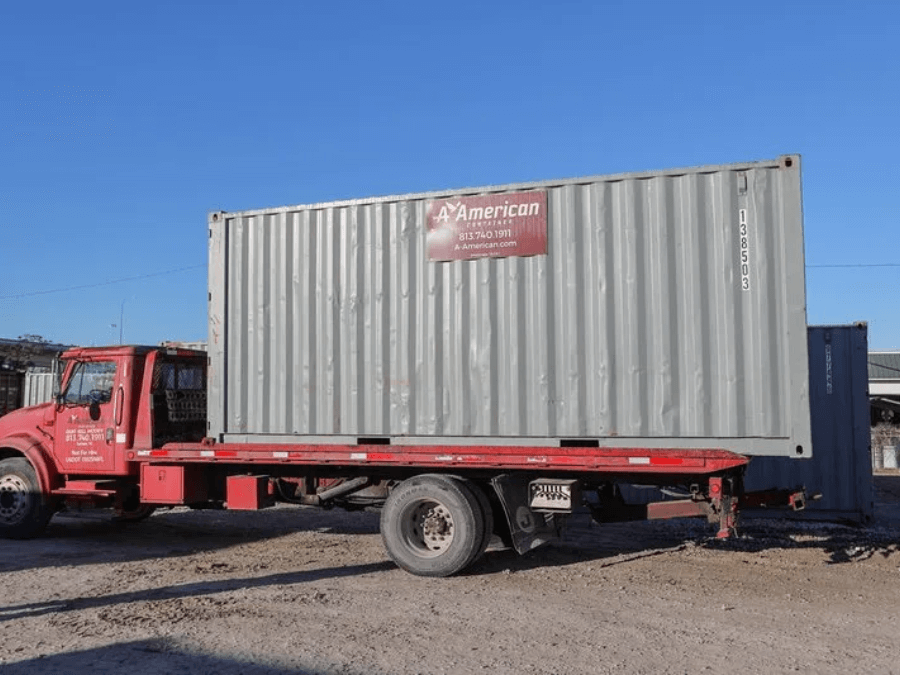
Make sure that you’ve prepared enough space for a truck to access the delivery site. Image courtesy of A American.
The first thing to scope out is whether there’s easy access for the truck bringing the shipping container and for anyone looking to access the goods or doors of the container itself.
This involves:
Checking the surrounding area to ensure that it is clear of debris and potential obstacles
This includes removing or avoiding any overhead obstructions such as phone lines, power cables, or tree branches that will potentially interfere with the container, truck and the driver’s ability to efficiently make the delivery.
Additionally, make sure there’s enough room for the truck to maneuver any shipping container around if you want the doors to face a certain way. In order to allow a truck to back up in order to deliver a shipping container, you should definitely provide at least 15 feet of clearance space at the truck’s front and sides.
If you want more information on specific space needs based on the truck and container size, check out our guide to buying shipping containers.
Inspecting the site area to see if it’s compact
Depending on the stability of the ground already, you may or may not need a concrete foundation (more on those later). It helps to know your soil types (clay, sand, loam, and mixtures), and how the area responds to moisture in the ground.
Surveying the area for proper sloping
In addition to knowing how compact an area is, be sure to avoid low areas where the ground can become saturated or pool with water. Properly graded sites help direct moisture away from the foundation of your containers.
Considering Accessibility to the Container and Proximity to Important Structures and Utilities
If you’re planning on using multiple containers to create a shipping container home or a building that you’ll use frequently, consider important utility tie-ins. This includes electrical, gas, cabling and plumbing requirements. You’ll want to make sure you’ve also taken care of any permits required in order to install electric and plumbing in your container.
If you’ll need frequent, daily or weekly access to the container, consider where it is placed in relation to other important buildings. This will help make sure you’re not making unnecessarily long trips, and that your containers fit into the flow and logistics of your property.
Having space for growth
If it’s possible and space allows, try choosing a location that will allow you to add more shipping containers easily. A lot of users of containers regret setting up and preparing their sites in a small area, only to realize that they wish they could house more containers. Keep your focus on the long term demands of your storage or housing needs.
How Do You Prepare Ground for a Shipping Container?
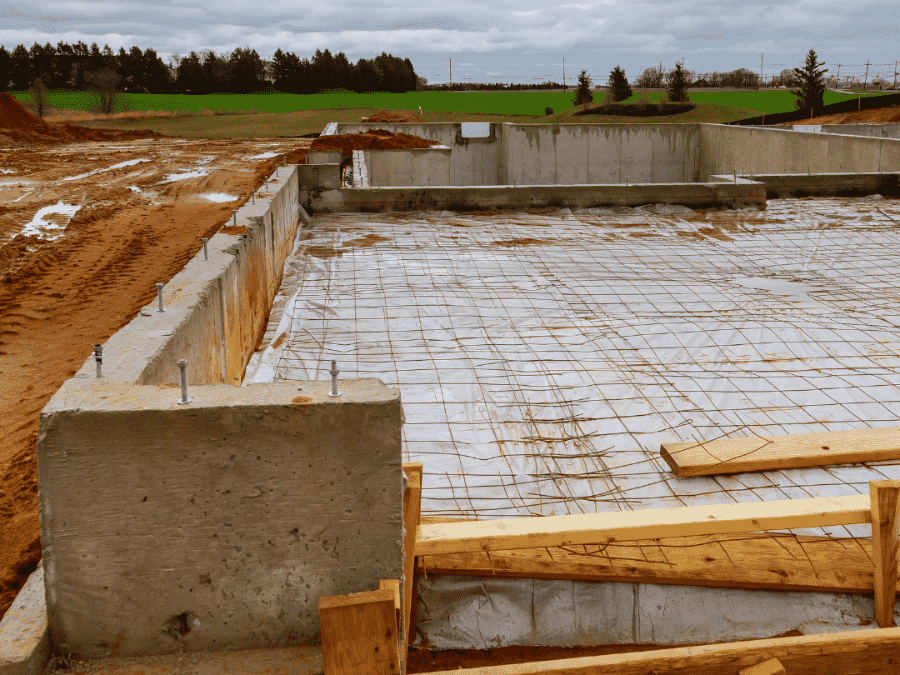
After choosing the site with the most potential, you’ll likely need to start preparing the site. Image courtesy of Twisted S.
Now that you’ve made sure you have a good location for your shipping container, it’s time to actually prepare the ground to support your container. There are various ways to do this, which we will go through. But at the very least, it’s extremely important to have an even, level site to put your container on– or, perhaps, a crushed stone pad. An even installation site will go a long way in keeping your container in good shape and your belongings safe.
Here are some other ways to prepare your location for a shipping container:
Leveling and compacting
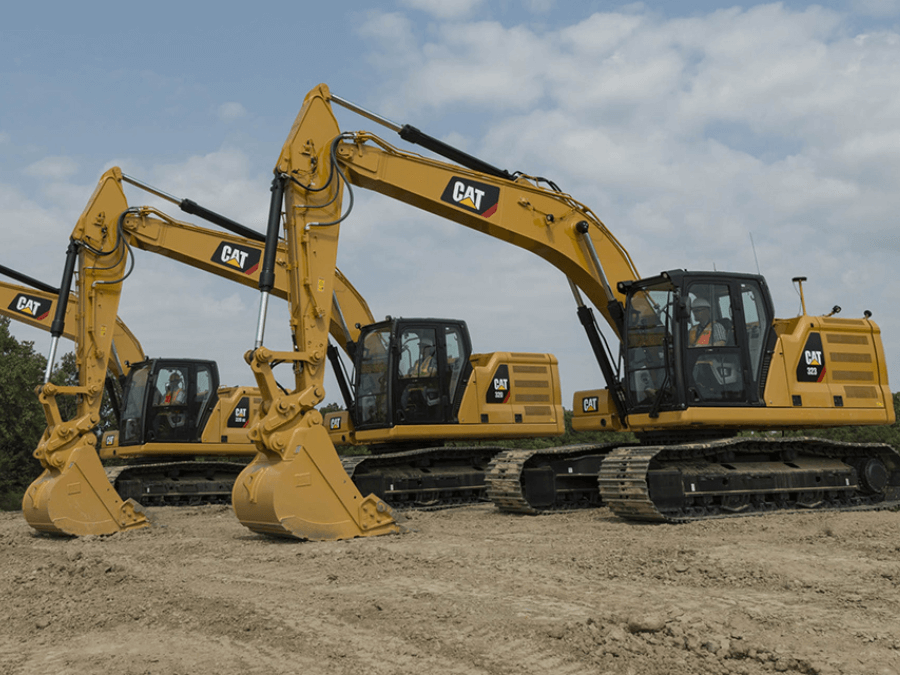
Machines like excavators and compactors can be used to properly level the ground at your delivery site. Image courtesy of Equipment Journal.
Whether you’re going to pour a more formal, cement foundation, or you plan on using a low maintenance, crushed gravel solution, you’ll need to level and compact the area where you will be keeping your storage containers.
For the most convenient results, consider borrowing the appropriate machinery, like a Bobcat, excavator, or compactor.
An excavator will help you physically move dirt and large, heavy boulders around. The Bobcat helps ensure compaction and can be easier to use when leveling out the materials. And the compactor – well, its name says it all – it gives a great final compaction to help all of your materials settle.
Be sure you give the site some height, allowing for a very slight slope for runoff of rain or snow melt. The shipping container site preparation zone must also have a flat surface in order to ensure that the container stands upright, the doors can open, close, and seal fully, and the distribution of weight inside the container is even.
Other Types of Foundations
If you’re looking for a more involved foundation than a simple gravel or compacted soil and clay foundation, check out some of your other options below:
Concrete Piers
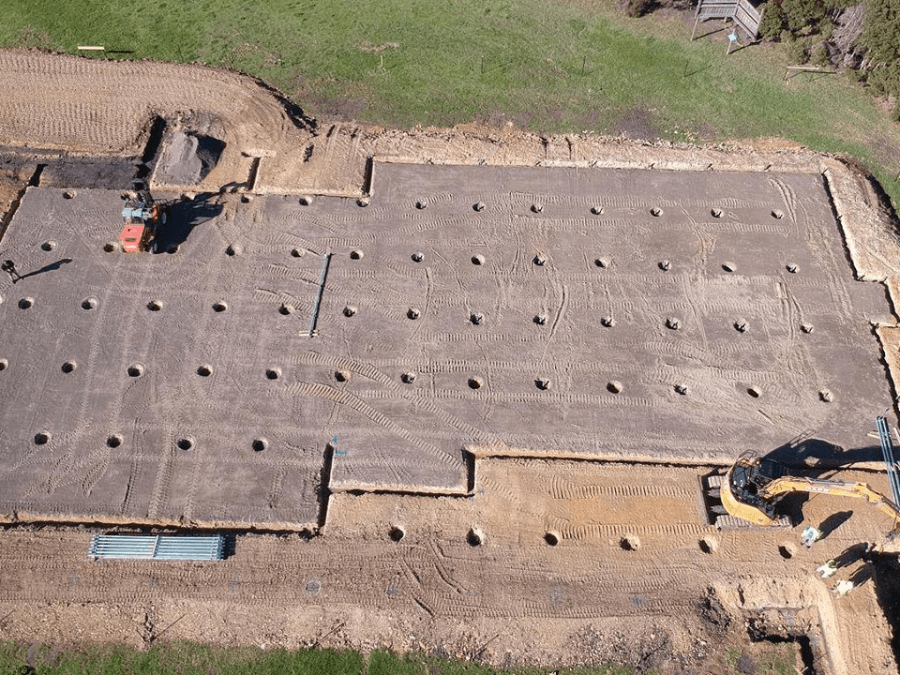
One type of foundation for a shipping container is a concrete pier foundation. Image courtesy of Trade Alliance Group.
This first foundation type is also one of the cheapest and easiest to install. Pier foundations are made of concrete blocks, which can be circular, rectangular, or any other stable shape. In addition to being mostly made of concrete (including their exteriors), these piers also have reinforced steel foundations inside to increase their strength in tension.
To operate as shipping container foundations, these piers are placed at the corners of the container’s future resting location. It is then placed on top of the piers. If you use a 40’ container, you can add additional piers at the middle point of either long side.
These foundations are almost impossible to move since the container on top of them prevents shifting. They have the added benefit of allowing a little space on the bottom, so moisture should evaporate over time.
However, these aren’t the most durable foundations and are not suitable for long-term heavy-duty storage. Consider these for shipping container businesses or restaurants, or for light storage.
Pile Foundations
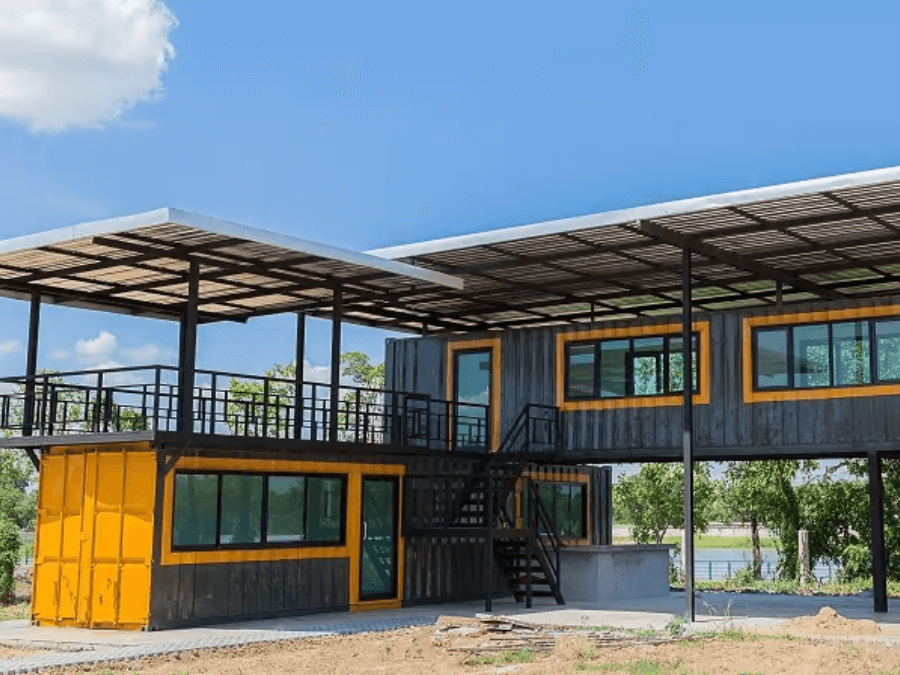
Pile foundations consist of concrete cylinders that support a shipping container’s weight. Image courtesy of Container Addict.
You might also use concrete pile foundations, which are useful if the soil of the location isn’t strong enough to support a regular concrete base (described below). Pile foundations are cylindrical, often solid steel or concrete tubes that are hammered into the ground through the soil. The height of the foundation might vary as they’re only placed deep enough to reach harder soil that won’t shift as readily as softer topsoil.
The piles are secured and placed, then capped with an additional concrete block for added security. As with the concrete piers, these piles are placed such that the corners of the shipping container rest on each tower.
Note that this type of foundation usually requires professional contractor assistance and specialized digging machinery. It is typically only necessary for long term placement of a very heavy building or set of containers that need to be set on ground that is too soft.
Concrete Slab-on-grade Foundations
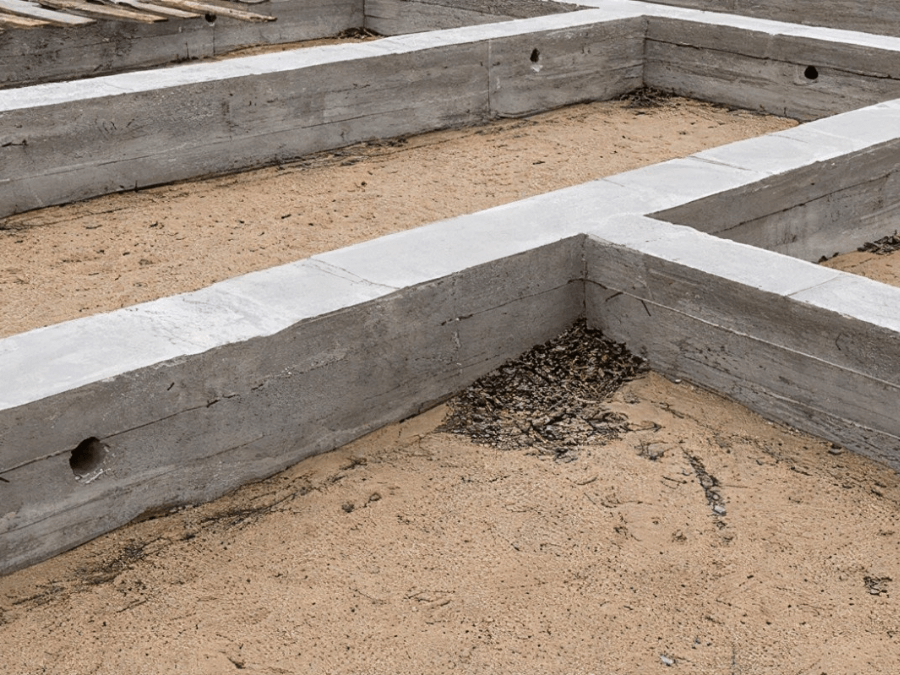
Slab foundations are a good way to avoid problems caused by having soft ground underneath a shipping container. Image courtesy of AMERICAN GEOSERVICES.
If you do have softer soil, you can use slab-on-grade foundations. These are expansive concrete slabs that are poured on the ground to create an even surface. These types of foundations add stability since the weight is distributed evenly across the entire slab.
Some slab-on-grade foundations will be made entirely of concrete, while others might have wooden support frames as well.
Again, this type of foundation often requires contractor assistance. But it’s a great long-term foundation for shipping container homes, schools, or businesses that are likely to become long-term fixtures in an area.
Wooden Beams (Railroad Ties)
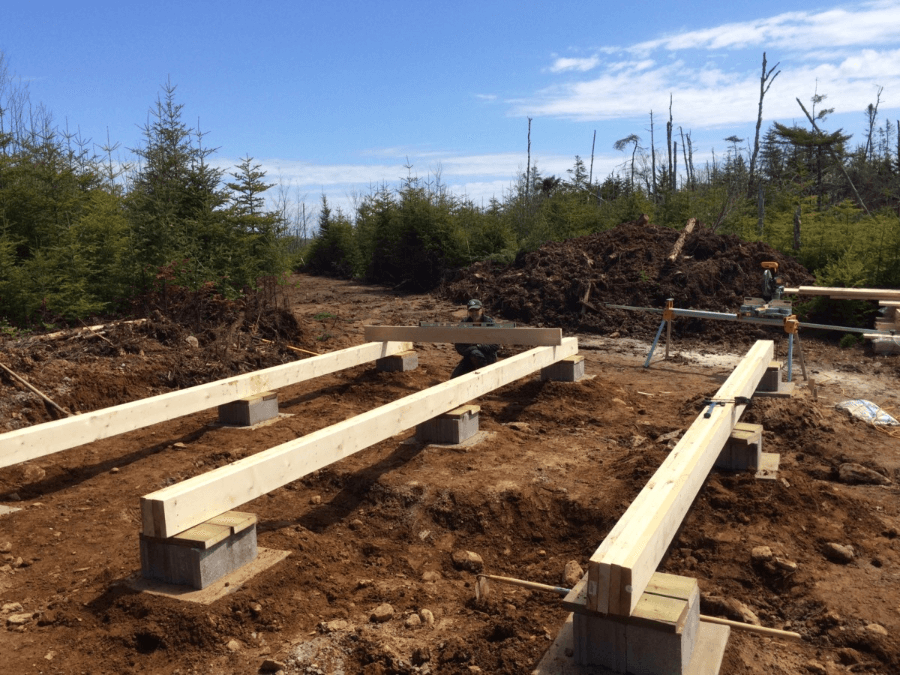
Wooden beams are an affordable type of shipping container foundation. Image courtesy of The Off Grid Cabin.
One last foundation type is wooden beams. These are fairly versatile and cheap compared to the previous two concrete options. Wooden beams can be used for every type of soil and in virtually any location, though the quality of the foundation is highly dependent on the type of wood you choose.
Wooden beams are installed across all four corners. Then the container is placed on top. As you might imagine, this foundation is best for lighter containers that will be stored for shorter durations.
You can add a gravel bed underneath the wooden beam foundation. This can drain away any moisture and prevent the wood from rotting away and becoming weaker over time.
Should You Bury a Shipping Container?
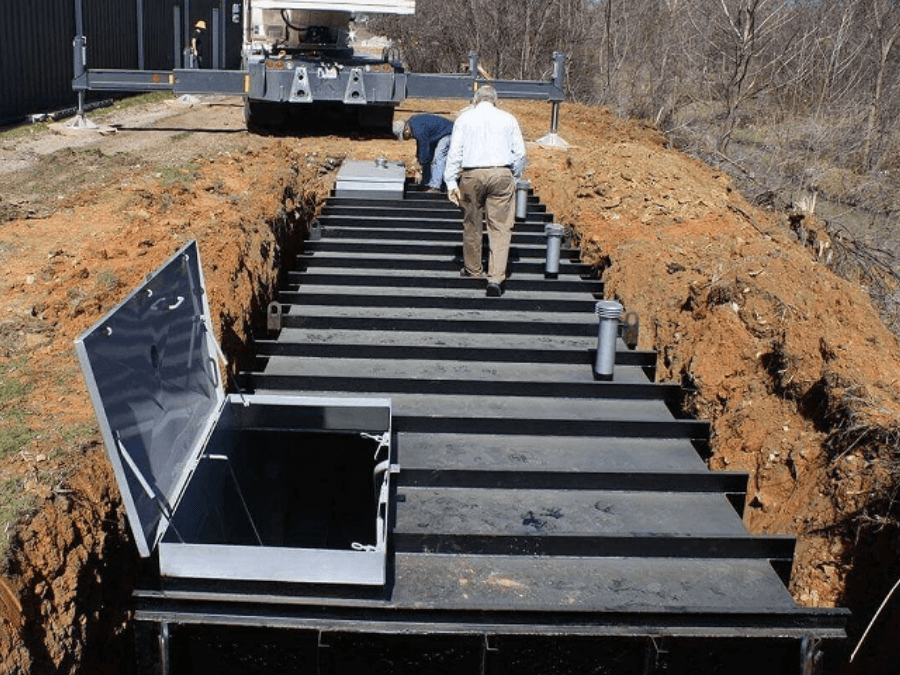
It’s generally not a good idea to bury your shipping container. Image courtesy of PREPAREDNESS ADVICE.
Burying a shipping container is risky and may result in significant damage to your stored items as well as you or others that interact with the container.
While fairly durable, without additional construction and support for the walls and ceiling, they aren’t equipped to withstand the weight of soil. For reference, a single cubic yard of soil applies 2700 pounds of pressure to the top of a container. If you bury a shipping container, it’ll face literal tons of pressure.
This becomes even worse if it rains and the soil retains moisture. This not only adds weight, but it also wears away at the walls of the container and potentially weakens the support structures on the inside. In the long term, any buried shipping container faces the risk of buckling in on itself.
Sorry doomsday preppers, but we can’t, in good faith, recommend their use as underground survival bunkers. While it’s possible to reinforce a shipping container to prevent this kind of degradation to some extent, you’re better off building a bunker out of other materials.
Shipping Container Site Preparation Review
Carefully considering where you place shipping containers and using an ideal foundation will prevent future headaches for everyone involved in the delivery, setup, and usability process.
There are plenty of foundation options available to you whether you need a long term or short term solution. Always feel free to ask your shipping container supplier for advice on your next site location.


